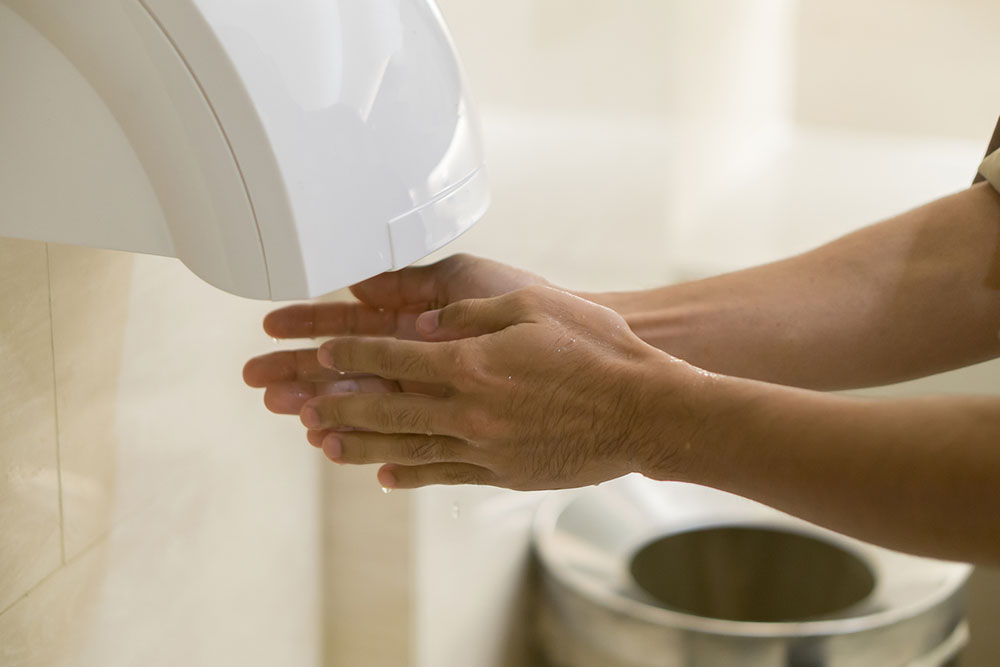Top 9 hotspots for flu germs

As cold and flu are highly contagious, it is only natural to want to take preventative measures against these infections. While it is not possible to avoid being exposed to all infection-causing microorganisms, one can take a few steps to lower the risk of contracting diseases. One of them is to avoid traditional hotspots and surfaces where these germs tend to accumulate. So, here are the top traditional hotspots for flu one should know:
1. Hand dryers
With every flush, the toilet sprays bacteria-filled droplets into the air, called a toilet plume. These tend to get recycled by standard hand dryers in public washrooms, spreading the bacteria far and wide. Although most suppliers today claim that these machines are fitted with special filters to blow clean air, it may be safer to use regular paper towels.
2. Elevators
Elevators, especially their buttons, can become hotspots for flu. As they are rarely wiped down, they keep collecting dust, dirt, and germs, which may cause infections. To stay safe, one can sanitize their hands after pressing the button or use their elbows to select the floor.
3. Gas pumps
Gas pumps come in contact with too many users and are exposed to outdoor elements like dust and wind. This makes them a hotspot for germs. To avoid falling sick, one can use a hand sanitizer after refueling their vehicle at a gas station.
4. Handrails
While an important accessibility aid, handrails are laden with germs. They are rarely cleaned, allowing bacteria to set up colonies, which could increase the risk of infections. It is best to avoid touching these directly and washing or sanitizing the hands immediately after contact.
5. ATMs
ATMs are a hotspot for all kinds of microbes, as the screens are seldom wiped, causing bacteria to fester and spread. Additionally, people rarely use gloves to handle money, making banknotes another potential hazard for flu and infections. To stay safe, one can use a pen to press the buttons on the machine and sanitize the hands once the transaction is complete.
6. Phones
According to research, phones can be 10 times dirtier than toilets, making them a hotspot for germs. One should clean them daily with a disinfectant wipe and a microfiber cloth.
7. Restaurant menus
Restaurant menus are used by hundreds of people daily, catching all kinds of bacteria and viruses. However, these are only wiped down maybe once or twice around the start or the end of service, making them a rather popular hotspot for germs. To use them safely, it is advisable to wash hands after placing the order and keep all utensils away from the menus.
8. Store counters
Like menus, store counters are generally cleaned once a day. This allows a lot of room for germs and bacteria to settle on these surfaces. Avoid touching these directly, or use a hand sanitizer afterward to reduce the risk of catching any infections.
9. Shopping carts and baskets
Shopping carts and baskets in stores and supermarkets are also handled by multiple people in a day. According to some sources, their handles can house over 11 million microorganisms. As carts and baskets are often used for storing produce and other edible items for a while, it is safer to wipe the products with an antibacterial wipe before use.

